Registration Prototype:
https://xd.adobe.com/view/d059bc5f-69ae-493b-622d-b486c00b823a-a668
https://xd.adobe.com/view/d059bc5f-69ae-493b-622d-b486c00b823a-a668
With the announcement of Silverlight support being discontinued in 2021, BYU-Idaho's Student Records & Registration (SRR) was faced with innovating a new version of their course scheduling and registration system. The current system (built in silverlight) has been an imitation of the paper form version that proceeded it, and is wildly ineffective. Here are a few images from the current scheduling system.
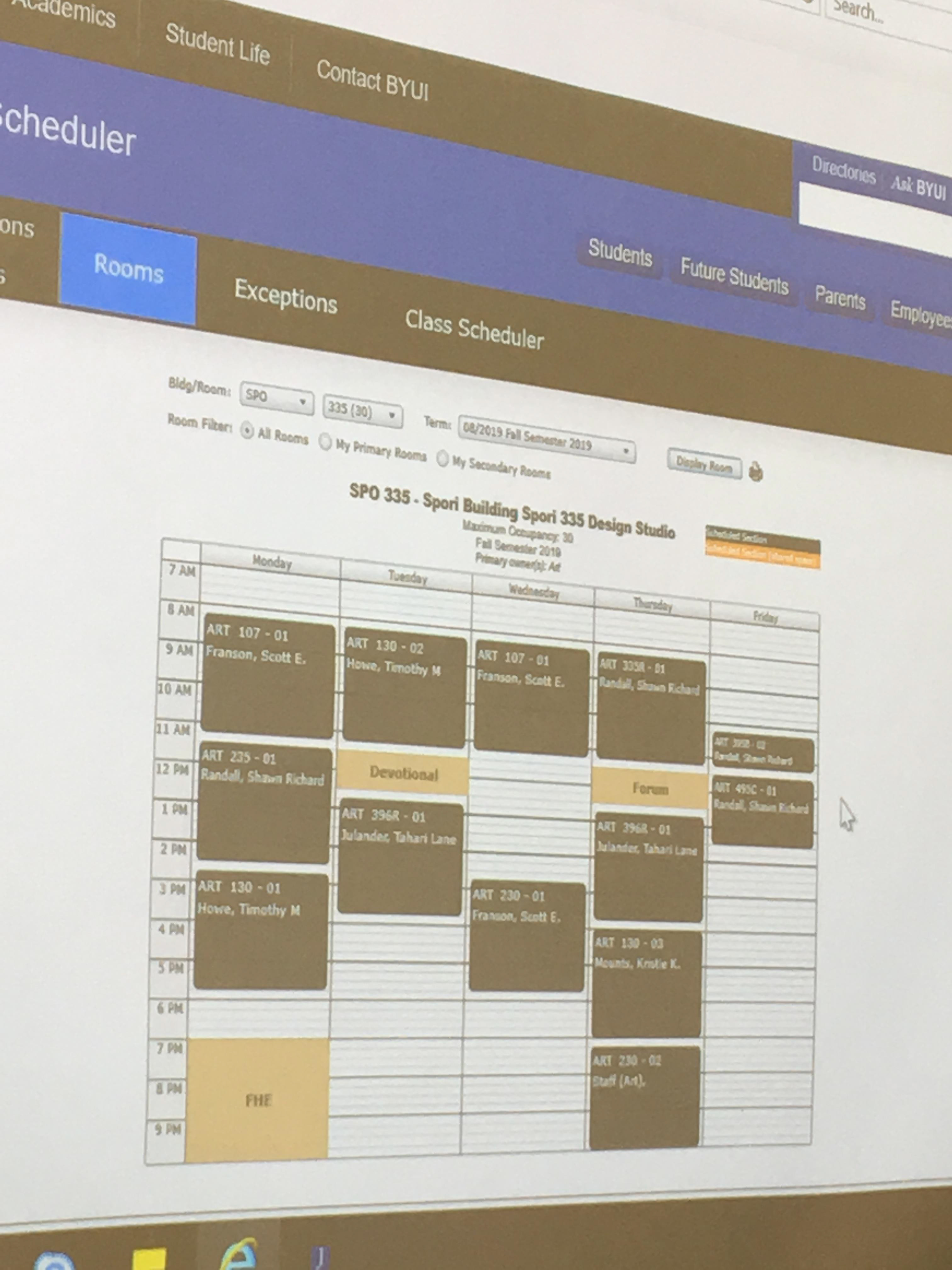

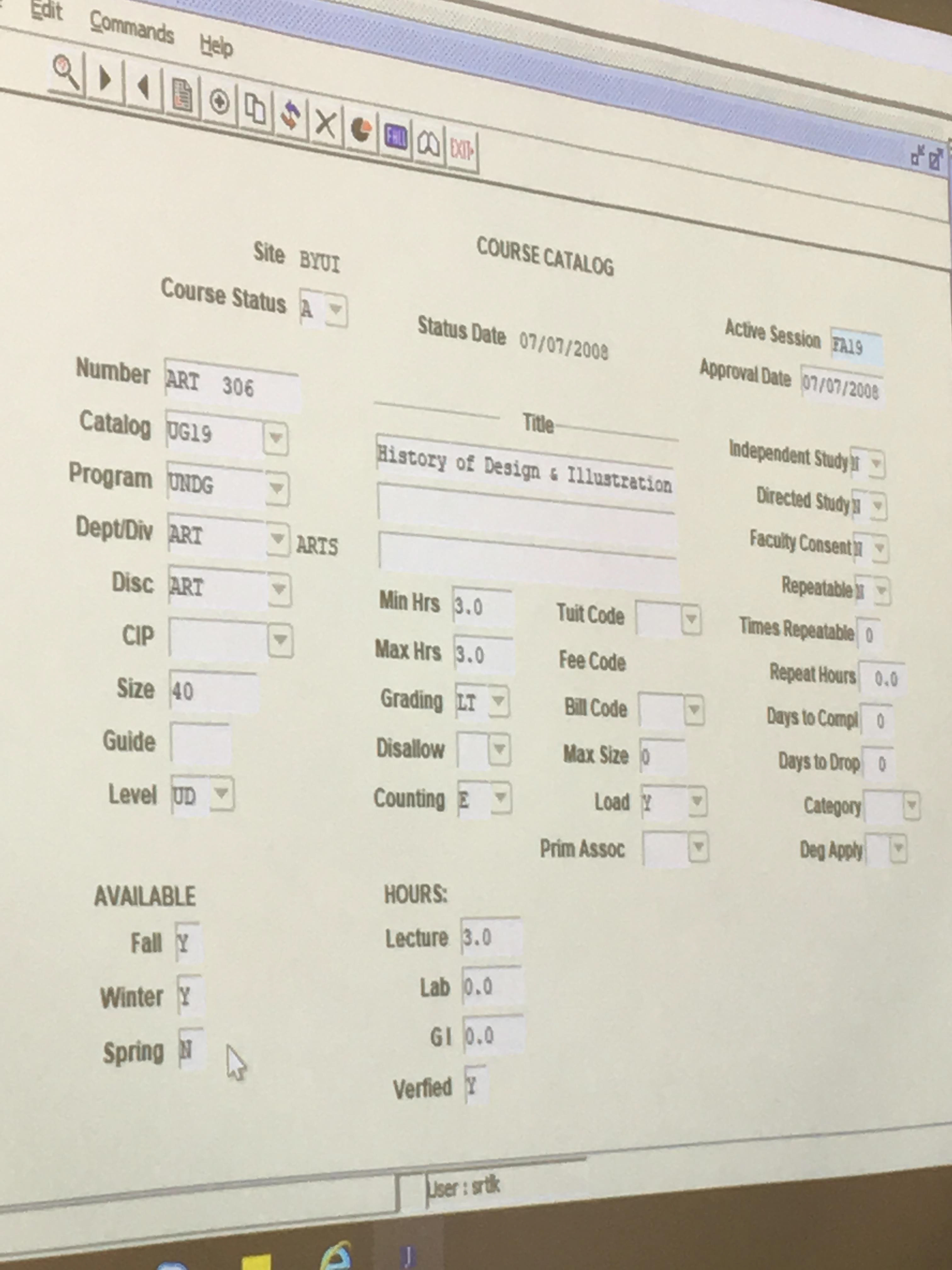
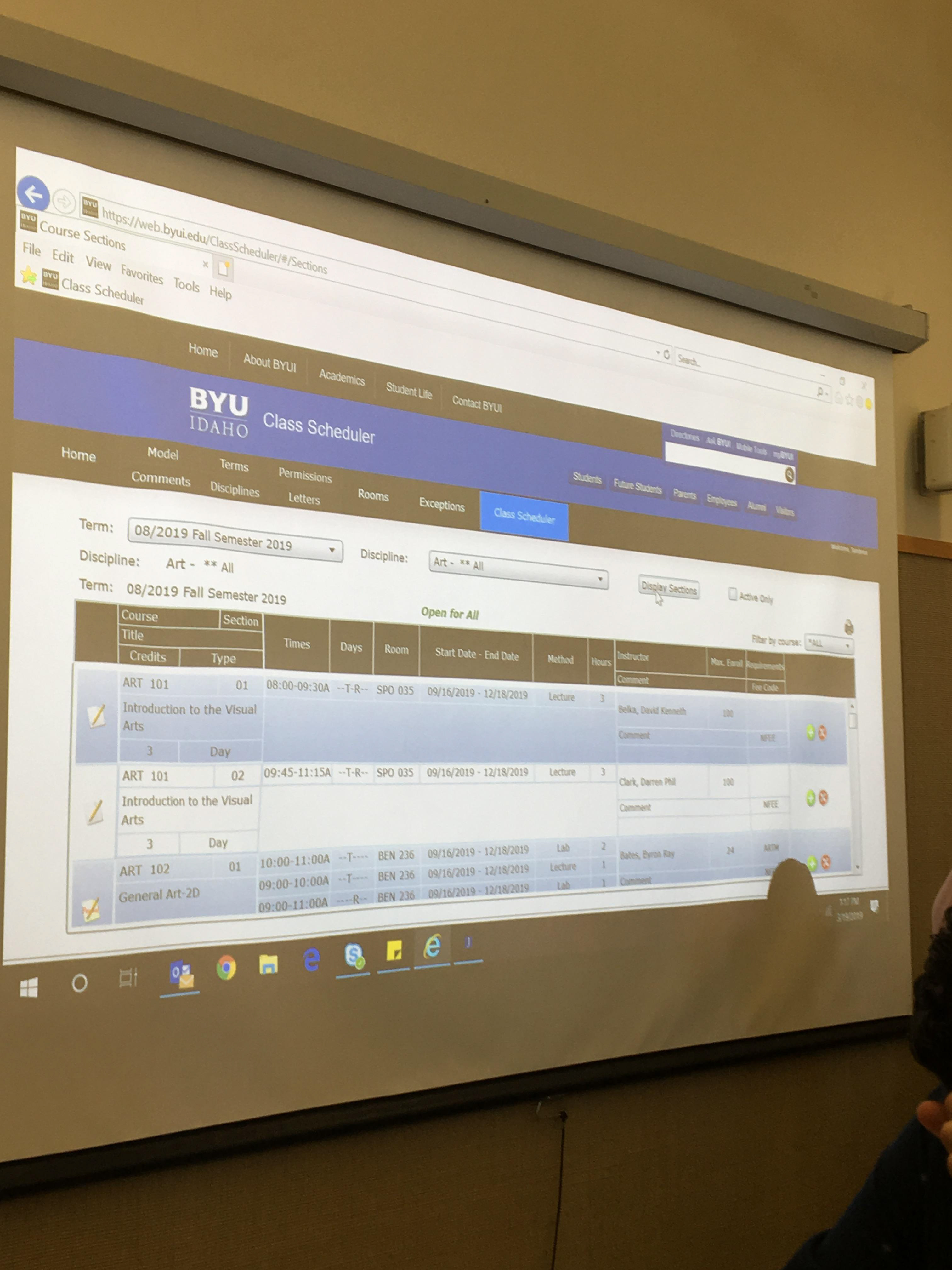
Scheduling is a process wherein University Departments work with their Office Assistants to organize, plan, and prepare courses for registration. The bulk of this work is done on paper, or excel spreadsheets. The information is then transferred to the scheduling software, and submitted to SRR.
This case study outlines two solutions built with two different teams over two consecutive semesters. It also covers a prototype of a new student registration system; the process that proceeds course scheduling.
Ideation & Research
We began by performing analogous research on systems comparable to the idea of course scheduling. We looked into other university experiences, sporting events, employment scheduling, and airline booking.
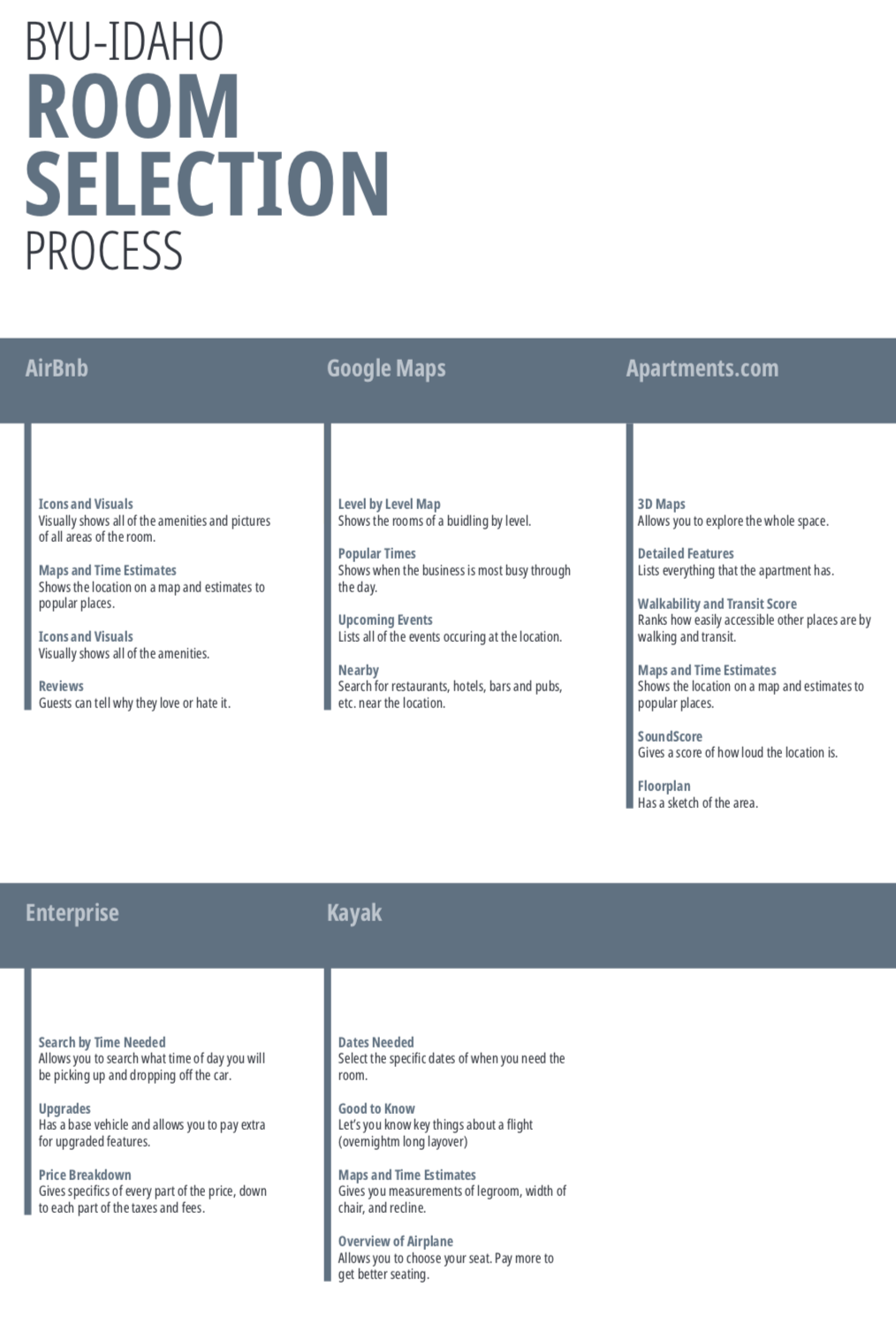
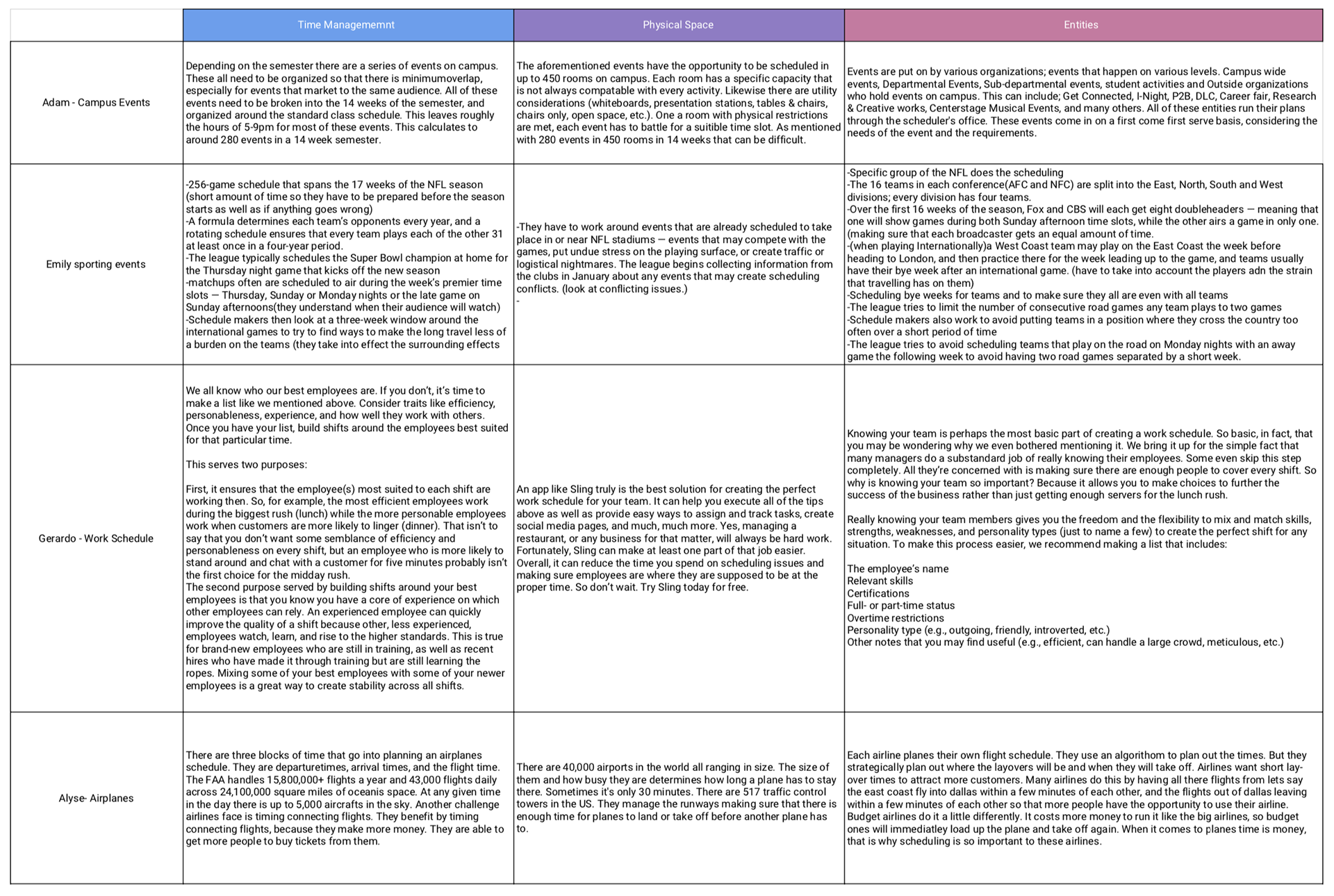
We then built some scenarios, sketches, and started framing the layout.
Iterations
Both the Scheduler and the Registration went through dozens of iterations. Each iteration was user-tested and feedback was aptly applied to the next version. This information was invaluable as we worked to achieve a scheduler that allowed Office Assistants and Faculty to collaborate and more appropriately balance the work load.

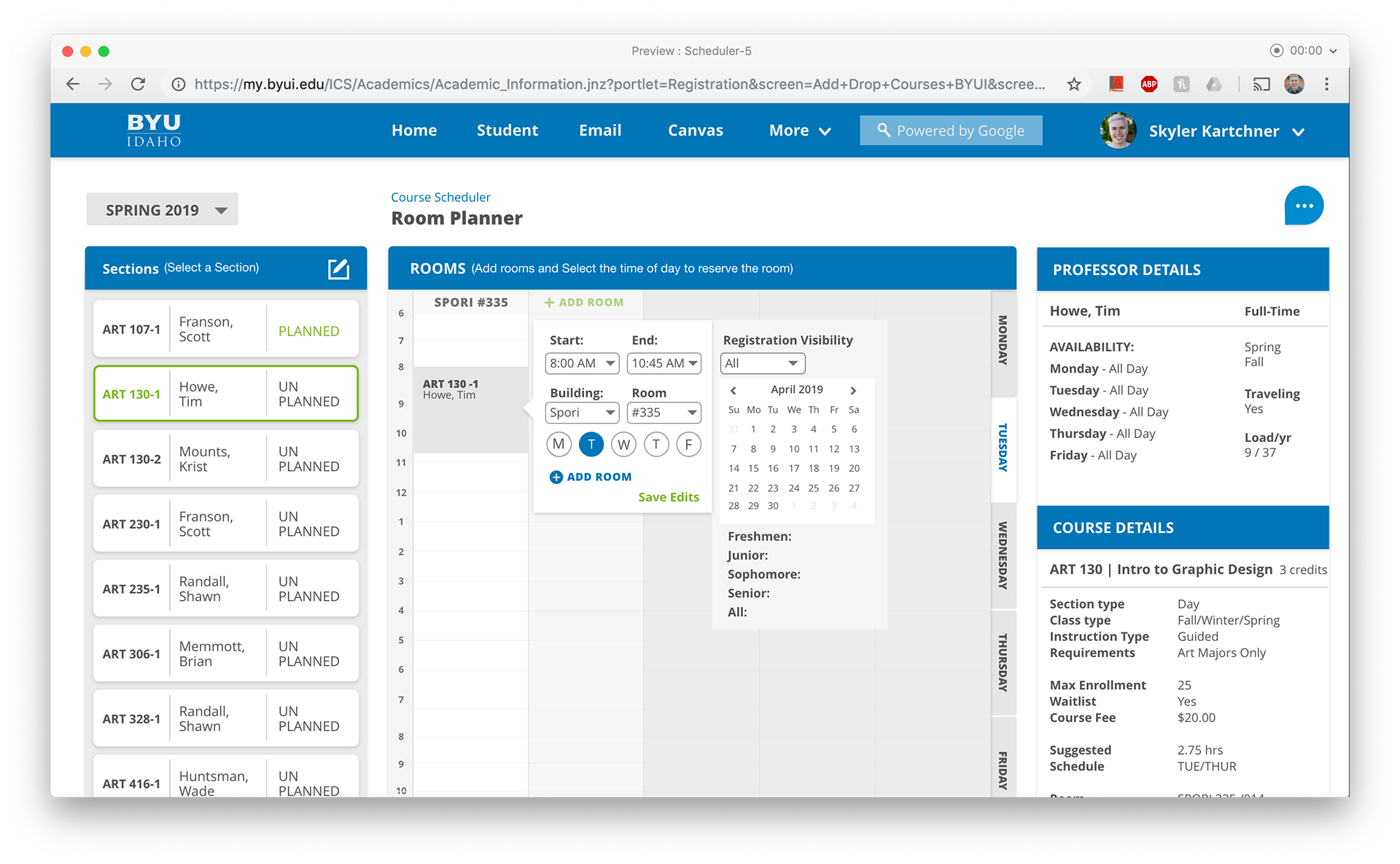

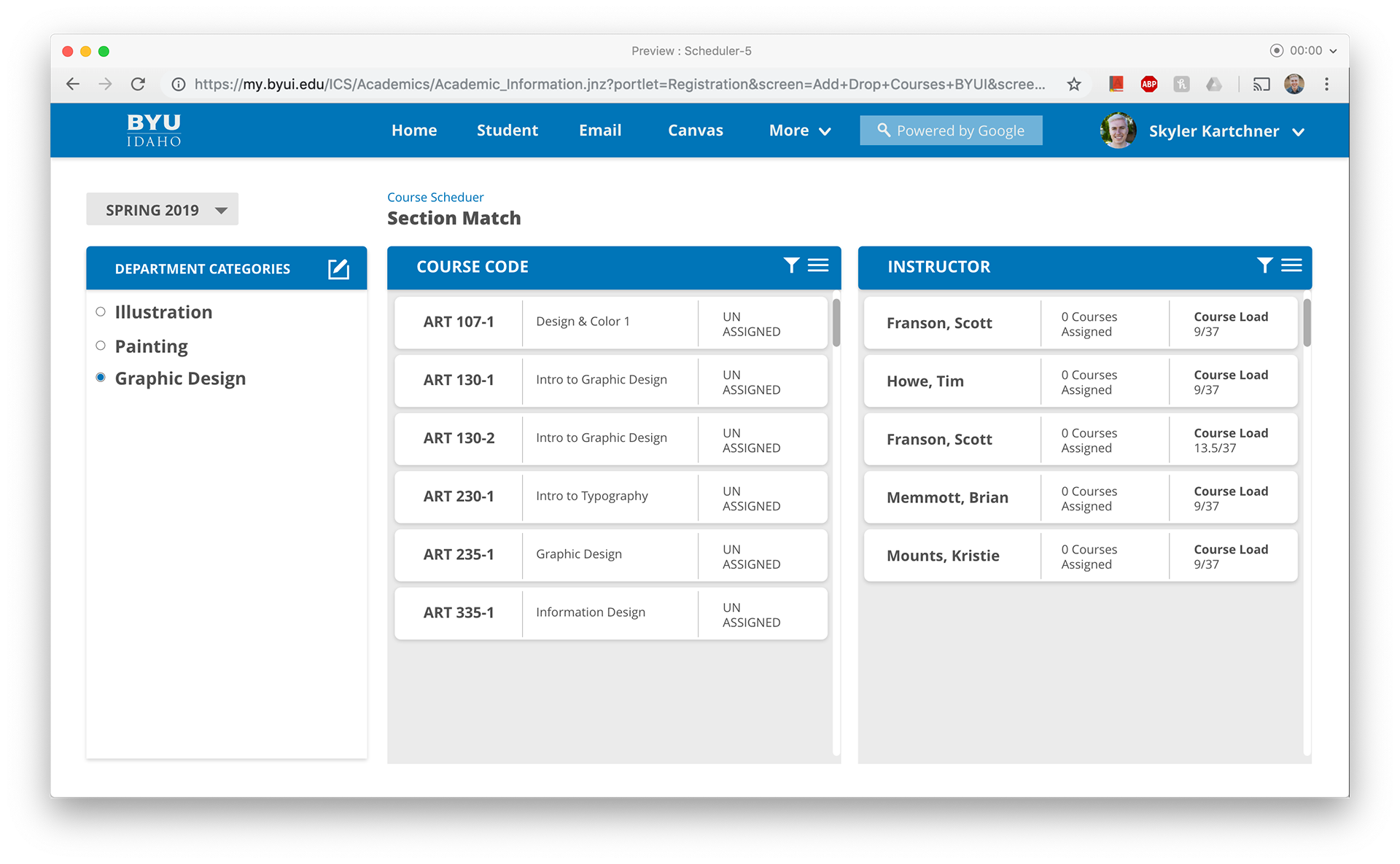

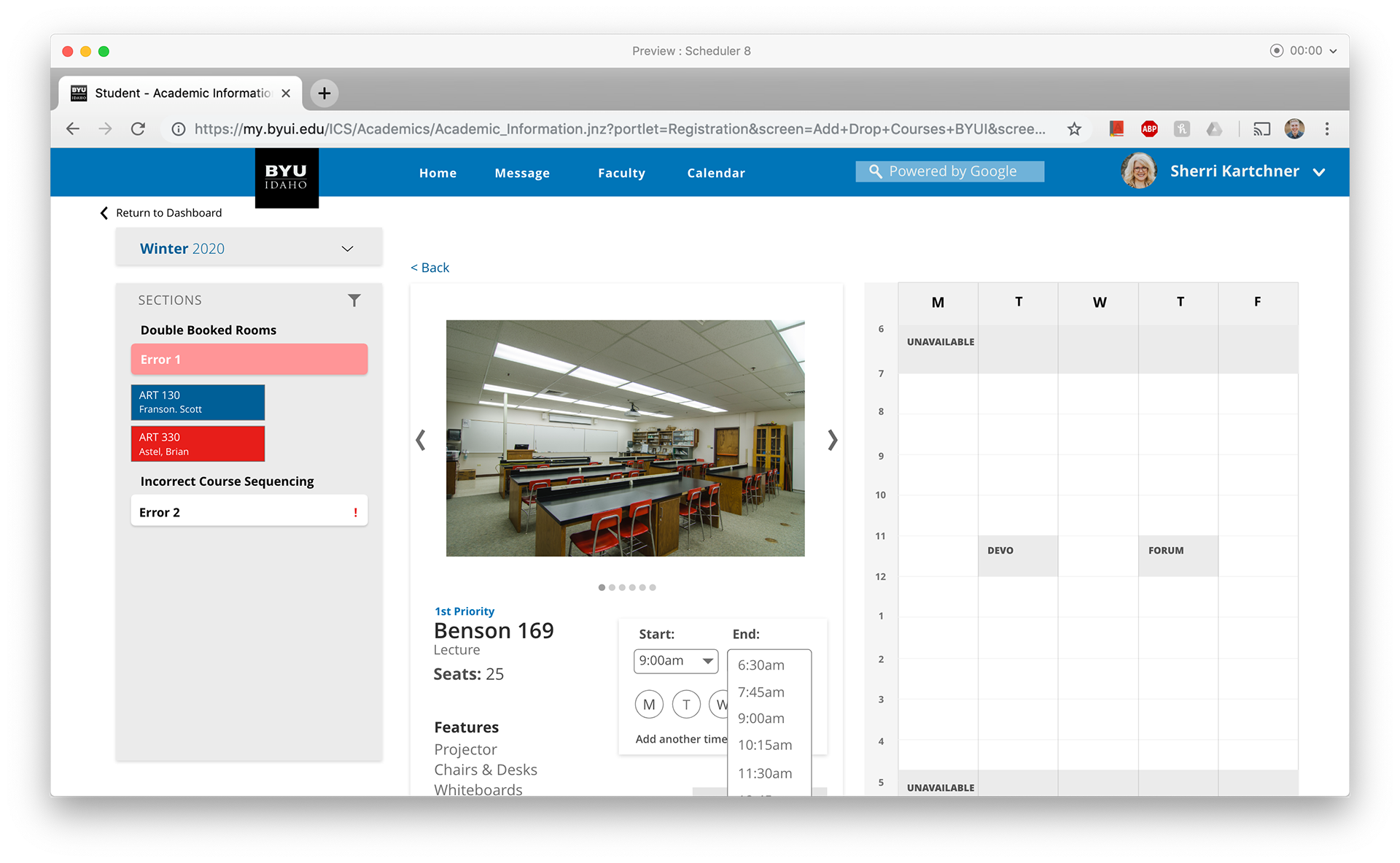


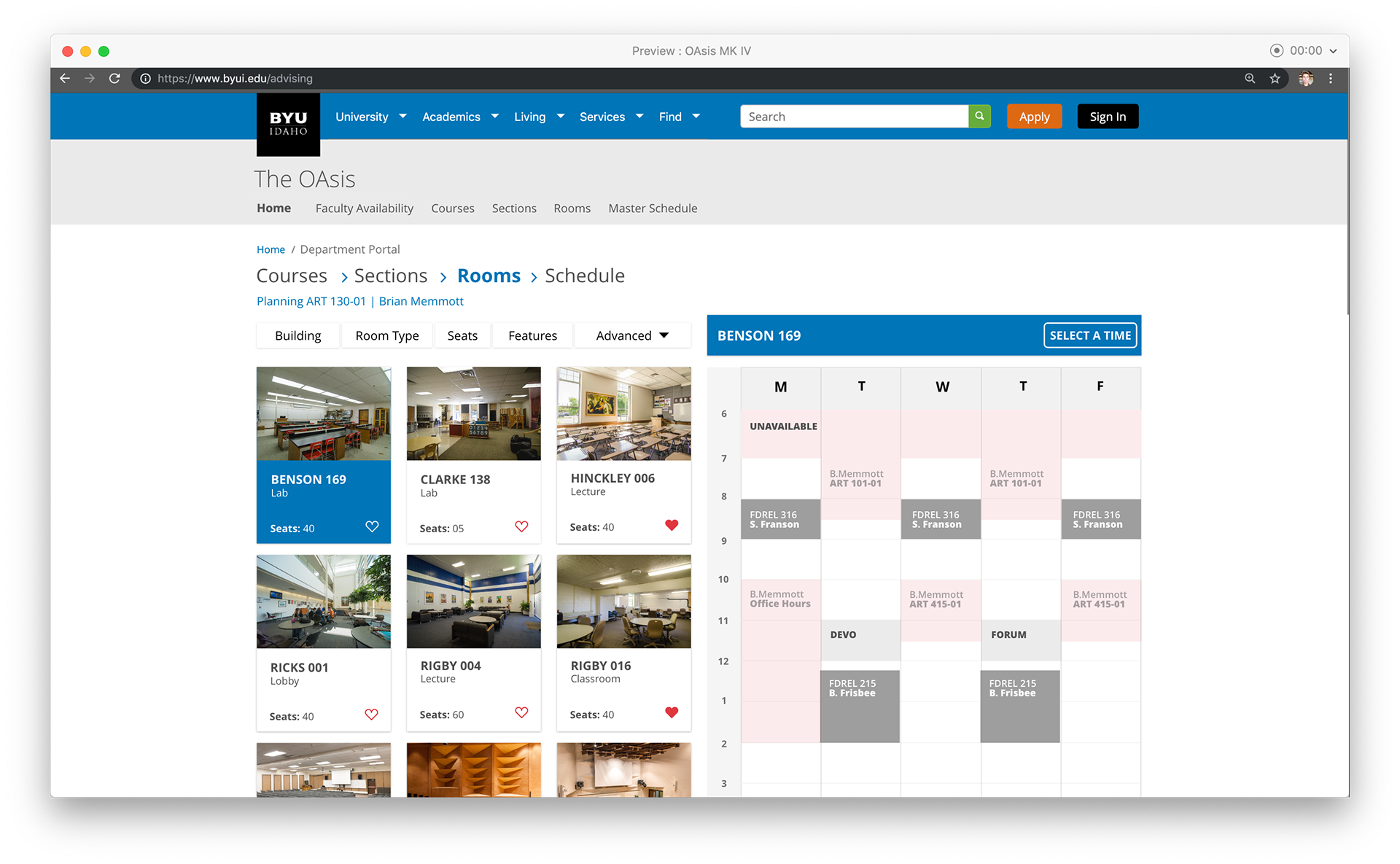

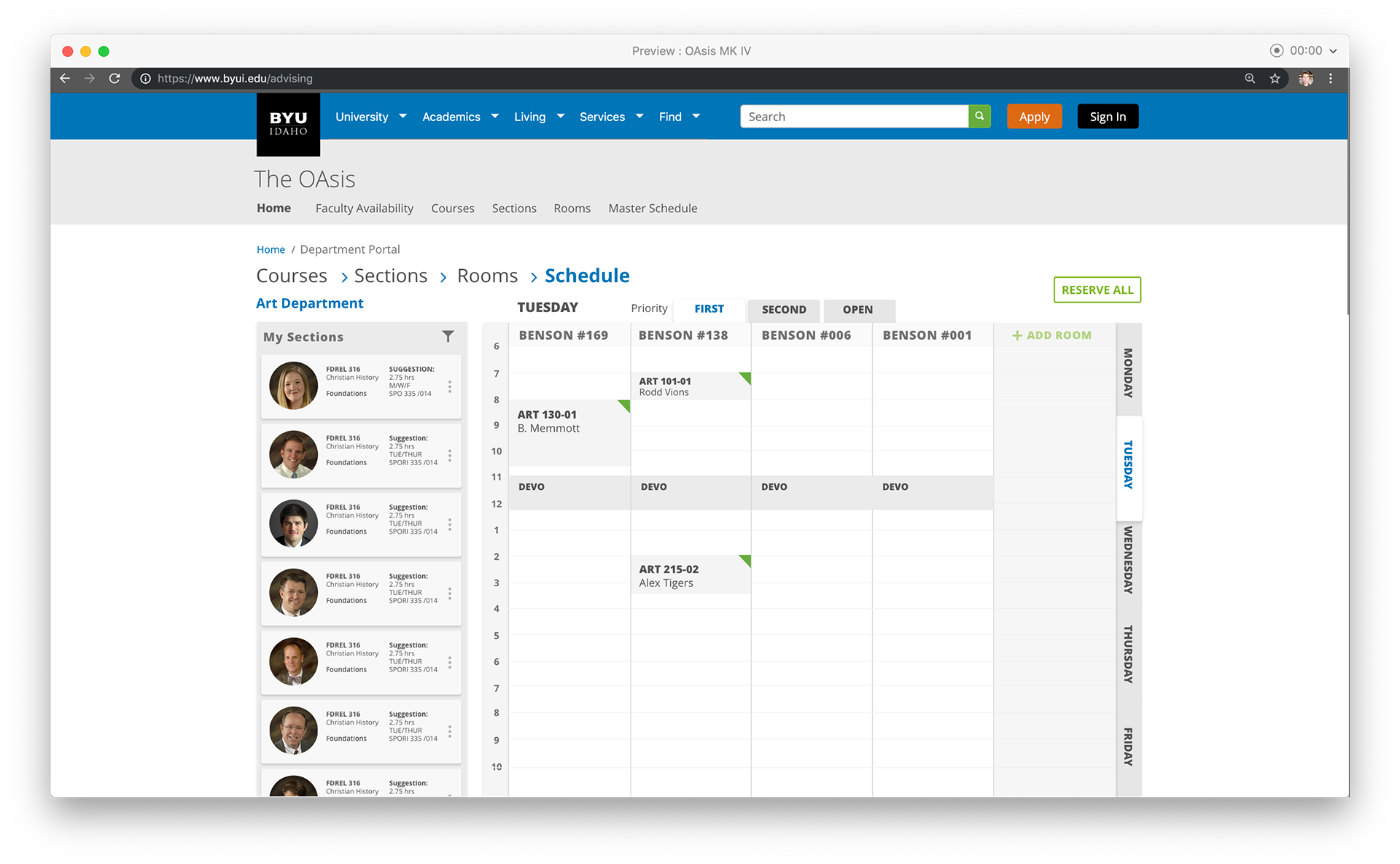
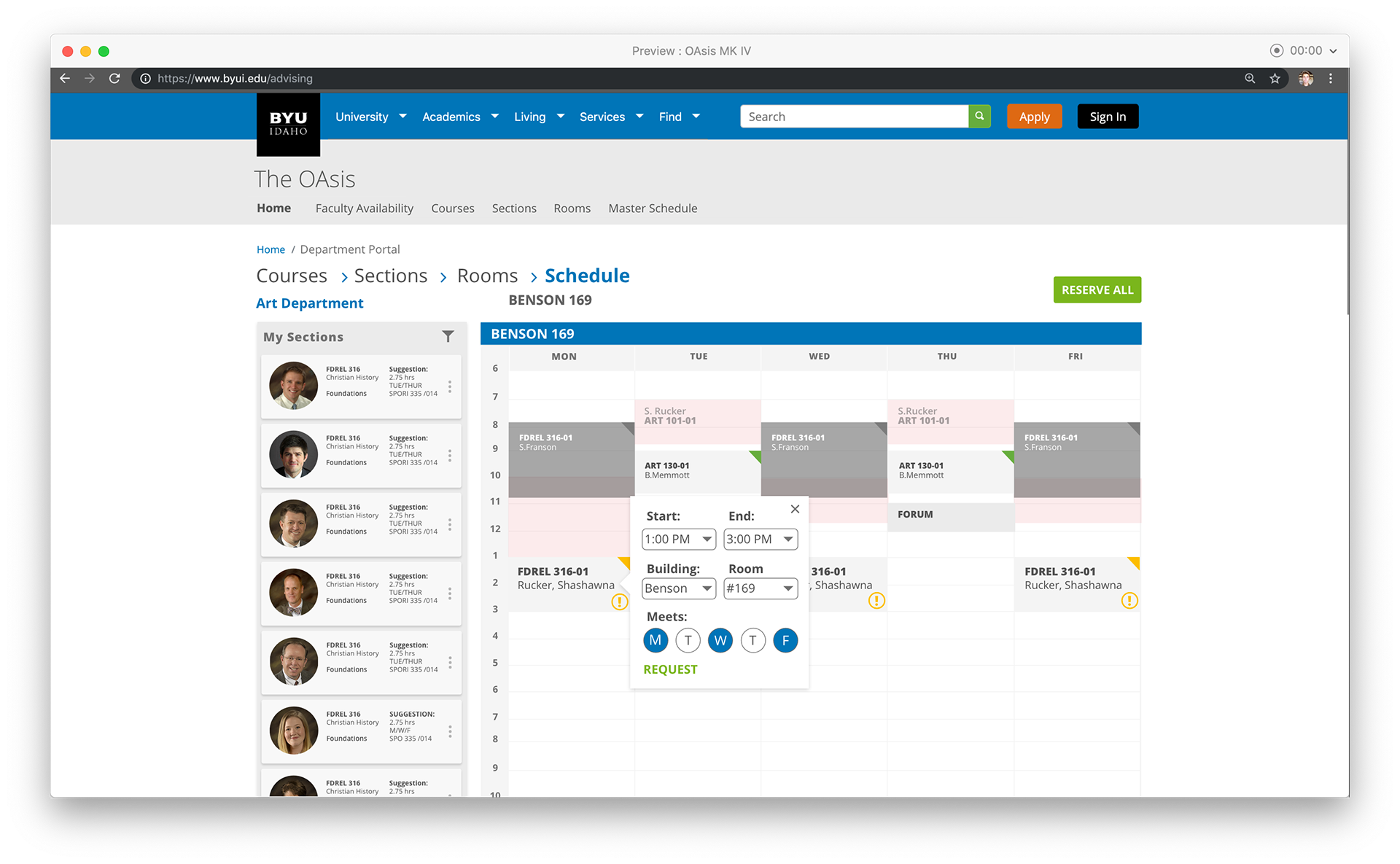
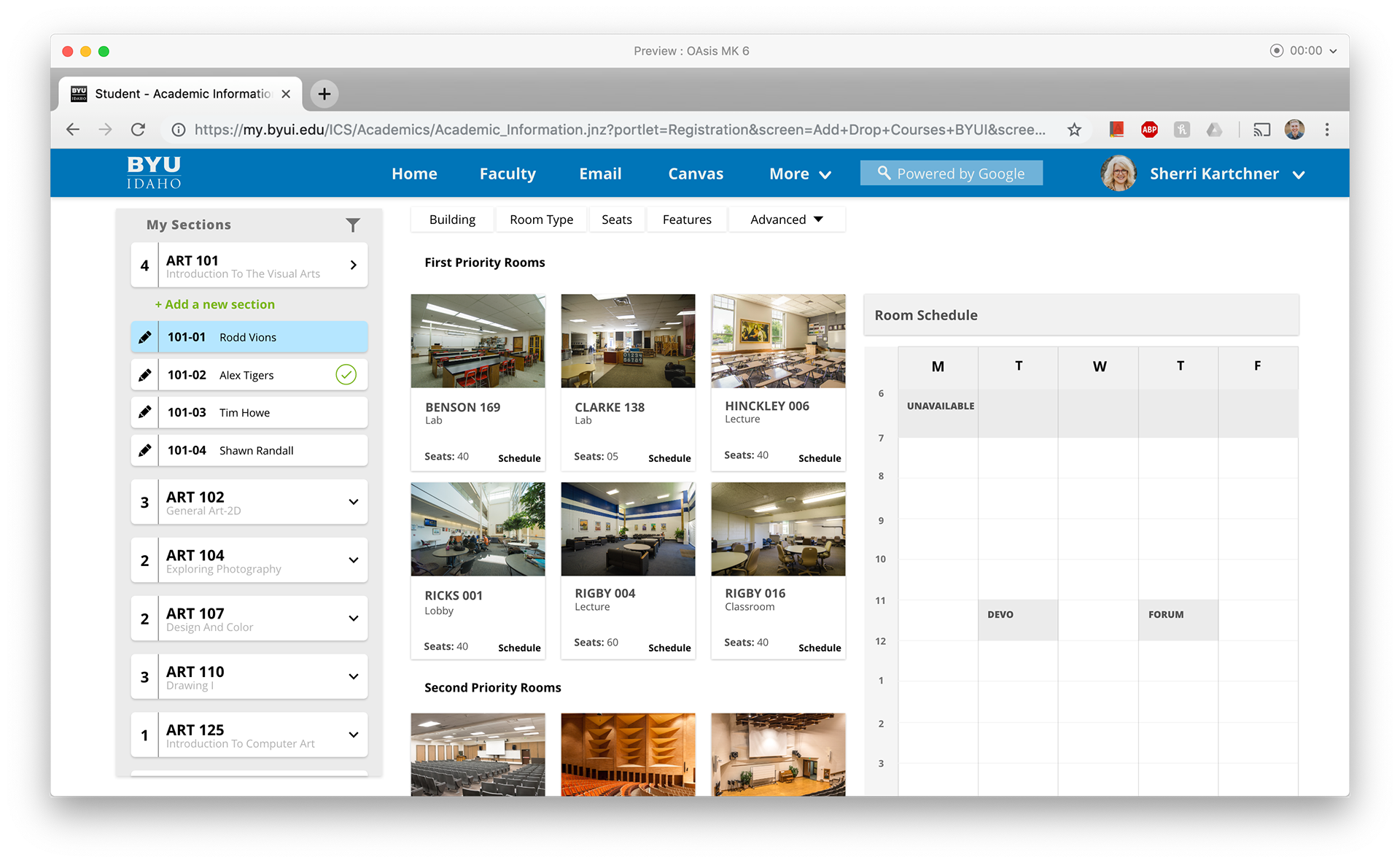
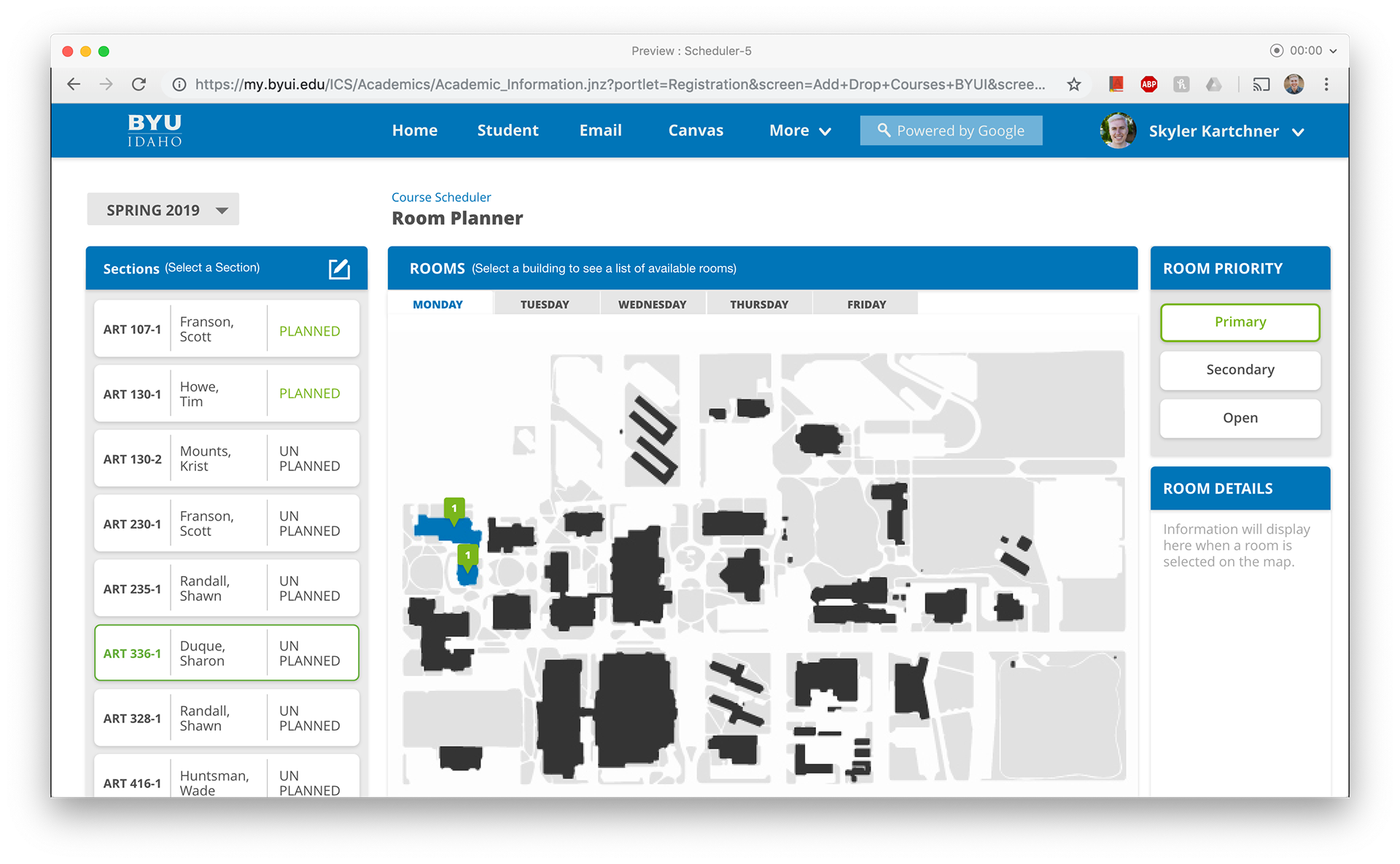

I spent most of my time putting together the prototypes. Team members would work on parts of the prototype and then I would compile them into a unified visual that had consistent flow. Below is the final workflow of the semester 1 scheduler.
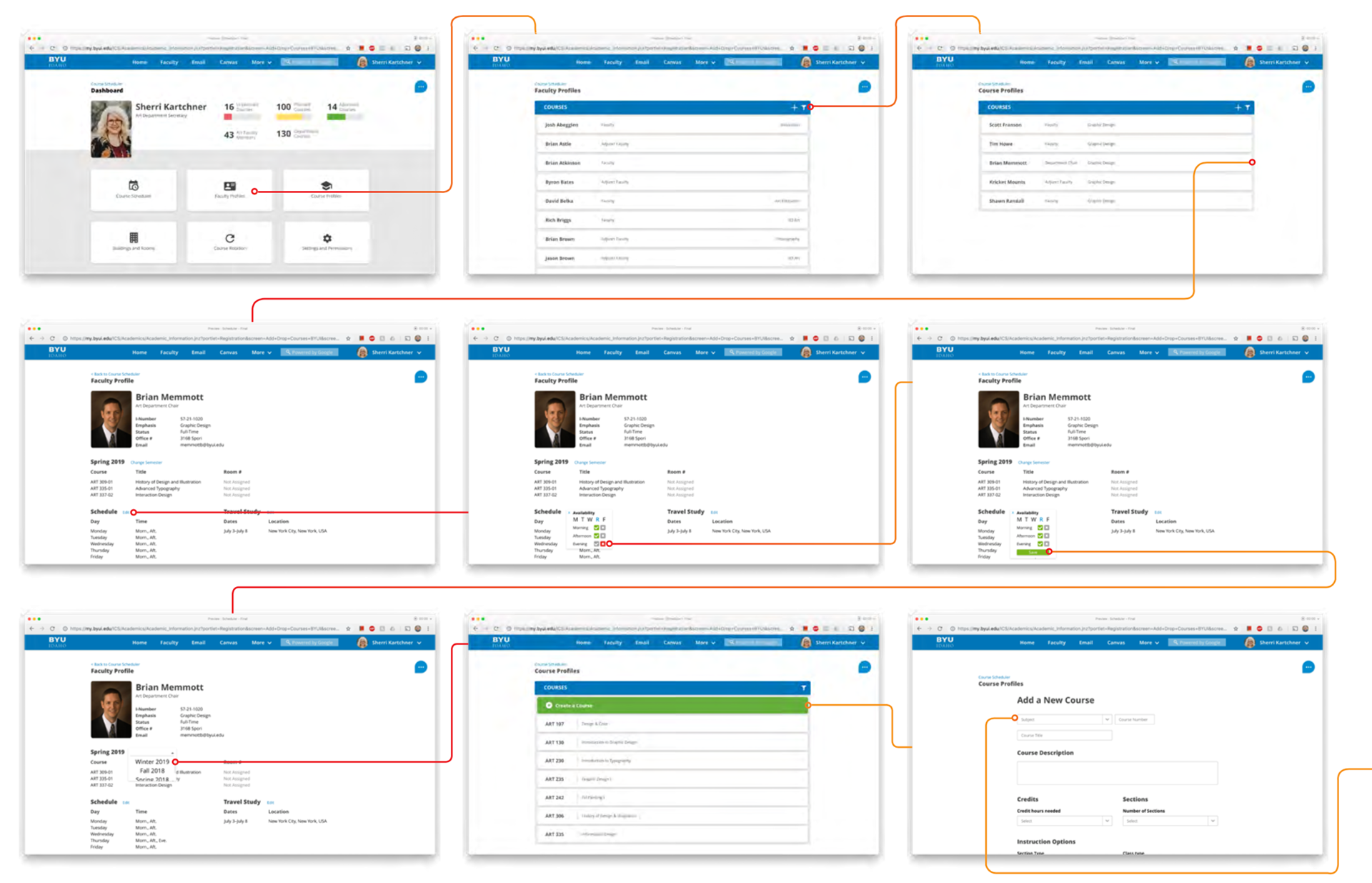
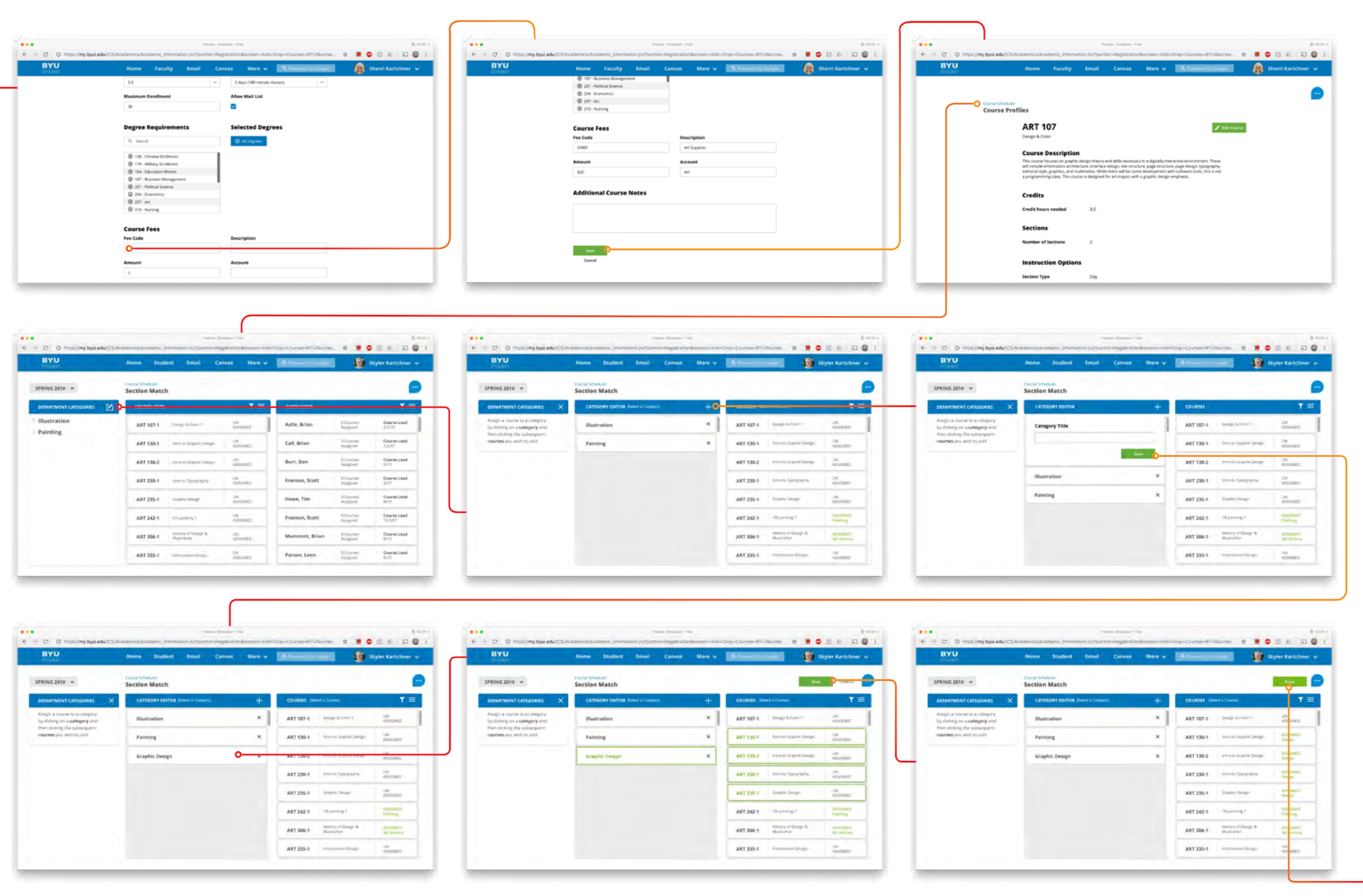


With the Dark mode version of the scheduler I reversed the equation. I worked on pieces of the project, especially the early wire frames; while the team put together the final. Since I had done a prototype the semester before, I tried to provide feedback and critique based on what we received from SRR when we presented to them. I was truly impressed with our final product. The team did a stellar job, and provided a fresh take on the project.
The following videos show the evolution of the Registration portion of this project as well as the final prototype I built for my team.
This was an immense learning experience for me. I gained a better understanding about the design thinking process, the power of research, and the benefit of iterations and feedback.